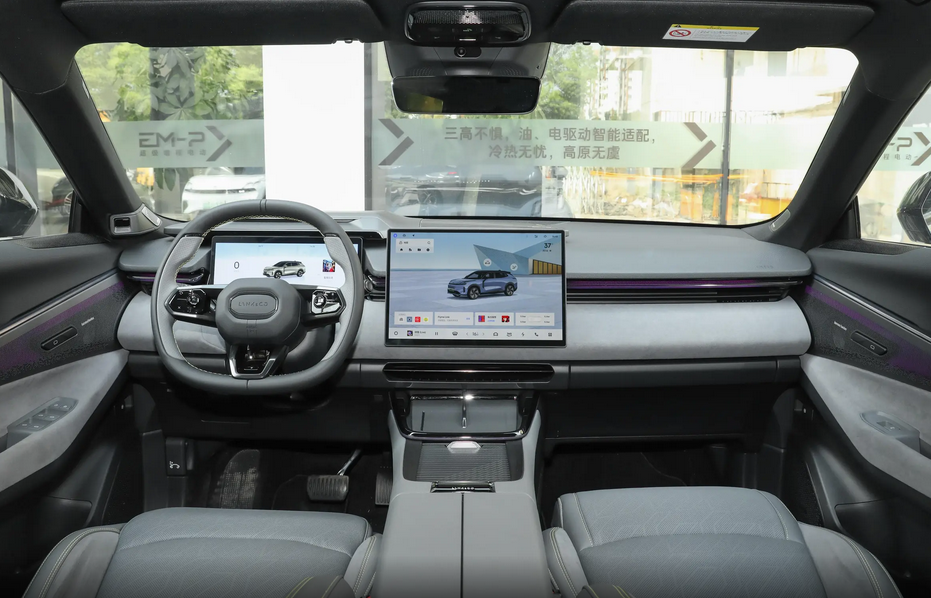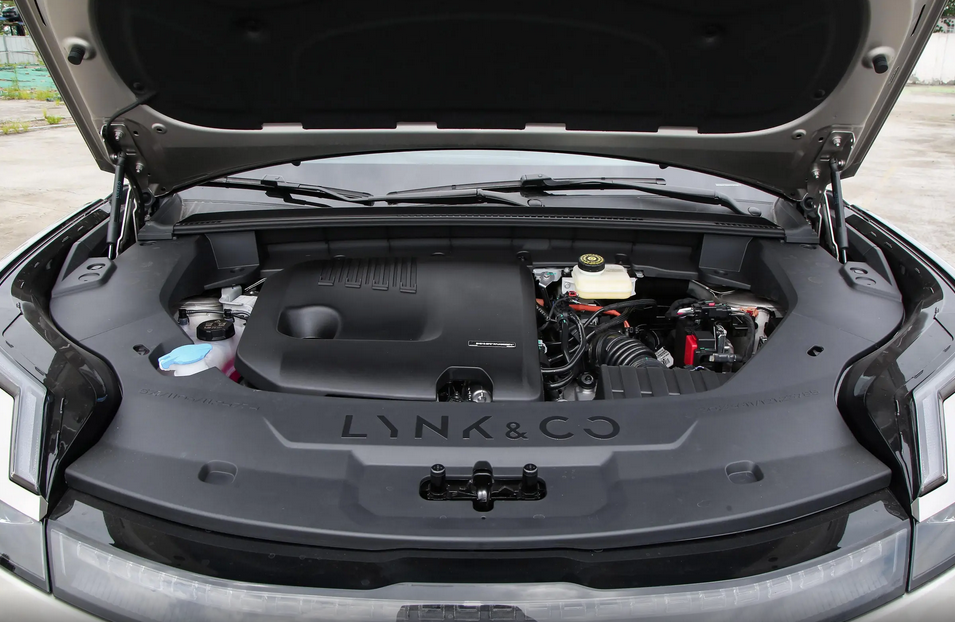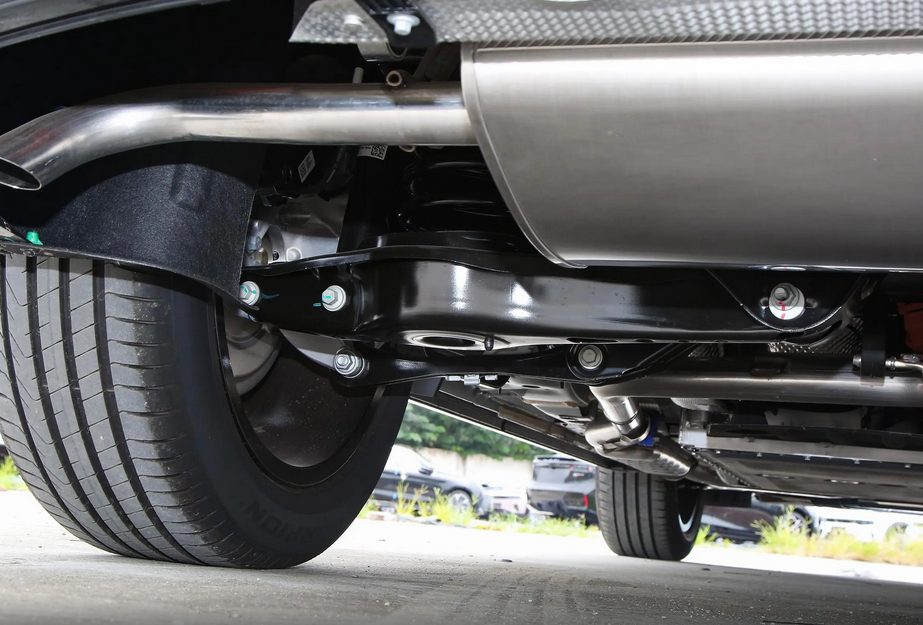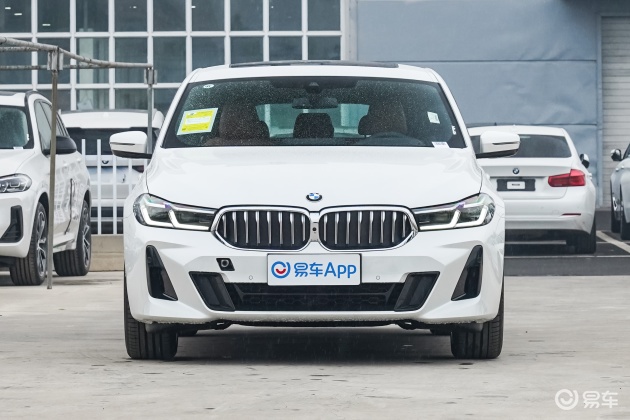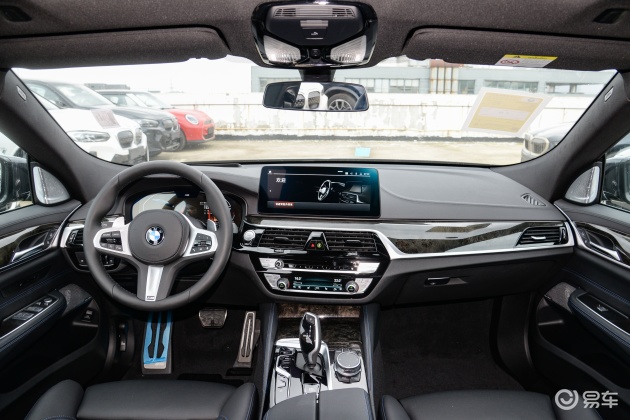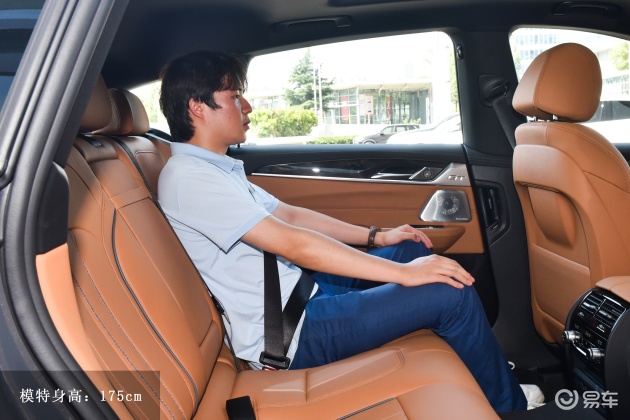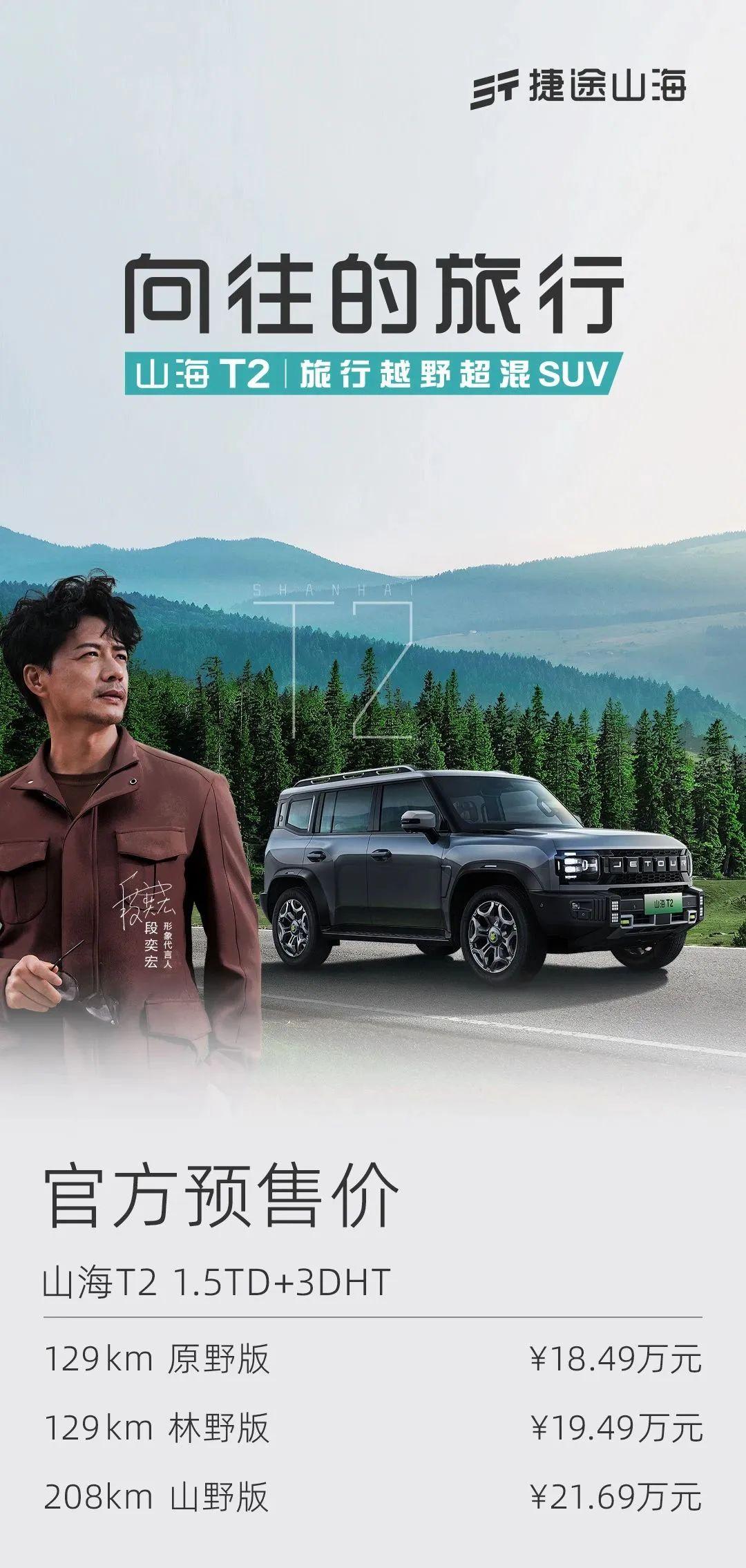
Data source: Ningxia Hui Autonomous Region Party Committee Organization Department Ningxia Hui Autonomous Region Statistics Bureau, Department of Ecology and Environment Basemap: Yinchuan section of the Yellow River in Ningxia. Xinhua News Agency reporter Wang Pengshe
In the Yellow River, the water nourishes the "south of the Yangtze River" — — Ningxia has made remarkable achievements in development.
Since the 18th National Congress of the Communist Party of China, the General Secretary of the Supreme Leader has visited Ningxia Hui Autonomous Region twice and delivered important speeches, giving important instructions on Ningxia’s work many times, which has pointed out the way forward and provided fundamental follow-up for building a beautiful new Ningxia. Bearing in mind that the General Secretary of the Supreme Leader has earnestly entrusted us, the broad masses of cadres and people in Ningxia are firmly committed to the top priority of development, persist in leading new development and achieving new leaps with new development concepts, and strive to write a magnificent chapter in building a beautiful new Ningxia in an all-round way.
Build a protective barrier to protect the ecology of the Yellow River Basin.
Walking in the ancient crossing of the Yellow River in the eastern suburb of Yinchuan, the rushing Yellow River flows slowly here. The clear river and the surrounding beautiful granges set each other off, the fish in the river play, and the river surface rises slightly … … The beautiful scenery in front of us attracted tourists to stop. "There are more fish and birds, and the environment is beautiful. Some tourists watch it by the river after eating." Xu Zongjin, head of a restaurant in Gudukou, told reporters.
On June 8, 2020, General Secretary of the Supreme Leader pointed out when inspecting the ecological management and protection of the Yellow River in Ningxia: "Ningxia should have the overall concept and responsibility, cherish the Yellow River more, take good care of it, adhere to comprehensive management, systematic management and source management, define the bottom line of the red line of the Yellow River protection, make overall plans to promote major projects such as dike construction, river regulation, beach management and ecological restoration, and keep the lifeline of improving the ecological environment."
Along the Yellow River nine provinces (regions), Ningxia is the only province that belongs to the Yellow River Basin. Since ancient times, it has been born, prospered and beautiful because of the Yellow River. Thanks to the kindness of the mother of the Yellow River, Ningxia enjoys the reputation of "being in the south of the Yangtze River" and "Ningxia in Huang Hefu". Ningxia always takes ensuring the long-term stability of the Yellow River as the top priority, completes the delineation of the red line of ecological protection, and implements the plan of "four waters and four determinations". In the past decade, it has invested more than 115 billion yuan in the Yellow River water treatment, realizing the comprehensive clearing of the inferior V water bodies and black and odorous water bodies in the region.
The flood control project has been built, with herringbone piles and T-shaped dams arranged neatly, like handfuls of huge combs, combing the shape of the Yellow River; Riverside Avenue has been built, with trees and flowers. The previous illegal buildings disappeared, and a new fitness center was built, which became a city scene.
"The river is clear, the scenery is beautiful, and we live a happy life by the Happiness River!" Ding Zihong, a villager from Qinbaguan Village, Jinji Town, Litong District, Wuzhong City, grew up by the Yellow River and has now become a "guardian" of the Yellow River — — Since 2019, he has been responsible for the environmental sanitation and cleaning of the Yellow River and the two sides of the ancient city bay for about 10 kilometers.
In recent years, Ningxia has completed the second-phase comprehensive flood control project in Ningxia section of the Yellow River, and the Yellow River protection system has been basically established. Flood control has realized the historical transformation from decentralized emergency prevention to comprehensive control, reaching the standard flood safety. Vigorously promote the comprehensive control of soil erosion, with a cumulative control area of 23,000 square kilometers, the sediment inflow into the Yellow River in the whole region has been reduced from 100 million tons to 20 million tons, and the Ningxia section of the Yellow River has maintained "Class II entry and Class II exit" for five consecutive years, contributing to the maintenance of the "health" of the Yellow River.
Today’s Helan Mountain, the mining area has been closed, the green has returned, and the mountain has returned to tranquility. Abandoned mines have been transformed into leisure parks, ecological orchards and other landscapes. In recent years, Ningxia has implemented the "Three Mountains Restoration" project of Helan Mountain, Liupanshan Mountain and Luoshan Mountain, and pressed the "fast forward button" for pollution prevention and control, and the green development has entered the "fast lane". The forest coverage rate has increased from 11.9% ten years ago to 16.9%, and the proportion of excellent air days in prefecture-level cities has remained above 80% for six consecutive years.
Promote the conversion of kinetic energy and improve the quality of economic development
Pressure control is very important in the process of natural gas transportation. "Our technology fills the gap in the key valves of the ultra-large-diameter pressure regulating device for long-distance pipelines in China." In the production workshop of Ningxia Wuzhong Instrument Company, the natural gas pipeline valve with a diameter of nearly one meter can accurately control the delivery pressure in milliseconds. The person in charge of the workshop told the reporter that the valve has been widely used in major transportation pipelines such as the West-East Gas Pipeline and the East China-Russia Natural Gas Pipeline.
Promote kinetic energy conversion and improve the quality of economic development. In Ningxia, the "silly and coarse" industry that used to emit black smoke and stink water is transforming into a green, low-carbon and efficient industry, and a number of emerging industries with growth potential and development vitality are rising rapidly. Modern coal chemical industry, new energy and new materials have a place in the country, and industries such as medlar, wine, milk and cultural tourism have enhanced the "face value" of Ningxia’s industrial structure.
Industrial upgrading, science and technology first. Driven by the cooperation between the east and the west of "supporting Ningxia through science and technology", Ningxia scientific research institutions have developed a complete set of technology for indirect coal liquefaction of 4 million tons/year and won the first prize of the National Science and Technology Progress Award.
Industrial development is equipped with "wings of science and technology", and Ningxia’s superior resources are rapidly transformed into development capital, which provides a powerful impetus for the conversion of old and new kinetic energy: through the development of deep processing of coal, the thermal power generation capacity has reached more than 150 billion kWh, and two major channels of "Ningdian into Shandong" and "Ningdian into Zhejiang" have been built; The installed capacity of new energy sources such as scenery water in Ningxia has reached 28.4 million kilowatts, ranking third in the country, and the green hydrogen production capacity is 7700 tons/year, the largest in the country. Around the new energy and new materials, a complete industrial chain and supporting manufacturing system of wind, light and electricity storage have been formed. The production capacity of single crystal silicon rods alone has reached nearly 100 GW, accounting for about 1/5 of the world. It is the first national comprehensive demonstration zone of new energy … …
From 2012 to 2021, Ningxia’s GDP grew at an average annual rate of 7.1%, and it took ten years to cross the three hundred billion yuan mark of 200 billion yuan, 300 billion yuan and 400 billion yuan. Recently, the State Council approved the implementation plan to support Ningxia to build a pioneering area for ecological protection and high-quality development in the Yellow River Basin. The superposition of these policies and measures has brought historical opportunities and strong support to Ningxia. With the east wind of policy, Ningxia actively strengthens cooperation with its brother provinces, combines the advantages of resources with the industrial advantages of developed regions, and expands the prospect of joint development between the east and the west.
Agricultural revitalization drives rural revitalization and further enhances the gold content of economic development. Ningxia has obvious geographical and climatic advantages, and the wine industry has an early layout and rapid development. 116 characteristic wineries have been built with an annual output of 130 million bottles. The output of Lycium barbarum accounts for 55% of the whole country, and the deep-processed products have been exported to more than 100 countries and regions. The number of dairy cows ranks sixth in China, the output of fresh milk ranks fifth in China, and dozens of indicators such as milk protein rate and milk fat rate rank among the best in China. At present, Ningxia is focusing on strengthening and improving the "six specialties" agricultural industry, building brands such as "China Wine Capital", "China High-end Milk Town" and the national production base of high-quality cold vegetables, and realizing the revitalization and upgrading of the agricultural industry.
Increase investment in people’s livelihood, national unity and common progress.
As soon as I entered Jin garden club, Litong District, Wuzhong City, I heard a burst of laughter. In the square of the community, resident Guo Shuling is taking several elder sisters and learning to dance the latest square dance. Next to it, Yang Jinkui of the Old People’s Calligraphy and Painting Association and several boys are about to set up a table and splash ink to prepare for the weekend activities. There are more than 6,000 Hui, Manchu, Tibetan and other ethnic minorities living in Jin garden club, accounting for nearly half of the permanent residents.
Ningxia is the largest Hui inhabited area in China, and there are Manchu, Mongolian, Zhuang and other ethnic minorities. Now all prefecture-level cities in the region have successfully established national demonstration cities of national unity and progress, and a number of national models of national unity and progress have emerged, such as Wang Lanhua. All ethnic groups are like one family, watching each other and helping each other.
The green radishes are piled up in baskets, and another basket is put on the truck. Zhang Juling, a villager in Maying Village, Jiqiang Town, Xiji County, Guyuan City, has been busy all morning, sweating but smiling: "The government has built asphalt roads for the village, and the traffic is convenient. Vegetables can be transported to other provinces for sale. The land is invested in the cooperative, and the family is also working in the cooperative. This year, the family can save another 30,000 to 50,000 yuan, and renovate the house at the end of the year before the New Year! "
In history, Xihaigu area was once synonymous with extreme poverty. Nowadays, modern agriculture is flourishing and infrastructure is developed in this area. New business entities such as cooperatives and large planters have promoted rural revitalization, and the per capita income has been continuously improved, completely throwing off the hat of absolute poverty. Since the 18th National Congress of the Communist Party of China, all 803,000 poor people in Ningxia have been lifted out of poverty, and all nine poverty-stricken counties have taken off their hats.
In 2022, Ningxia invested 2 billion yuan to support the development of advantageous industries with rural characteristics, and the proportion of rural revitalization funds used for industrial development was not less than 55%. We will support key counties in rural revitalization and concentrated resettlement areas for immigrants to develop industries with agricultural characteristics, and develop characteristic courtyard economy such as small planting, small breeding, small pastoral, small processing, small commerce and small lodging according to local conditions, so as to ensure that more than 40% of the income of people out of poverty comes from industries.
The building is neat and the streets are clean. Not far away is the home of Li Liu, a villager from Yuanlong Village, Suining Town, Yongning County, Yinchuan City. "The new house built by the government only cost less than 20,000 yuan." In September 2012, Liu Li’s family moved here from Xihaigu by relying on the poverty alleviation and relocation policy. At that time, the whole village had repaired the hardened road in Tongcun, and the renovated new house could be moved in directly. On the second day of his stay, Li Liu went to the town primary school one kilometer away to register his children. "This place has complete facilities and convenient life. If I had known it, I would have moved here sooner."
Back in the early 1990s, the land where Suining Town was located was still a wasteland, with no electricity, no roads and no decent infrastructure. People could only build simple adobe houses. With the promotion of cooperation and industrial development in Fujian and Ningxia, local ecological restoration, sand prevention and control, town and village greening, environmental management, etc. have been continuously carried out, and infrastructure and ecological environment have been continuously improved. During the "Thirteenth Five-Year Plan" period, Suining Town took the lead in realizing the hardening road for every village in Ningxia; The newly added green area is 11,270 mu, and the green coverage rate reaches 35%.
Today, the permanent population of Suining Town is close to 60,000. There are primary schools, clinics, cultural activity centers and people’s livelihood service halls in every village. More than 6,000 school-age children in the town are all enrolled nearby, and all tap water and natural gas are supplied to households. There are 25 buried sewage treatment stations in the town, with a domestic sewage treatment rate of 85% and a domestic garbage harmless treatment rate of 90%. Through the renovation of dilapidated houses and poverty alleviation, the villagers bid farewell to adobe houses and lived in brick houses.
In the past ten years, Ningxia has spent more than 75% of its financial resources on people’s livelihood, with a total expenditure of more than 930 billion yuan, which has become a number of practical and good things that benefit the people and the people. In the next five years, Ningxia will proceed from the reality of people’s livelihood work, focusing on the implementation of the "six major actions" of residents’ income, immigrants getting rich, education quality, health level, civilized accomplishment and urban and rural appearance, so that the broad masses of people can live a better quality and happier life.


